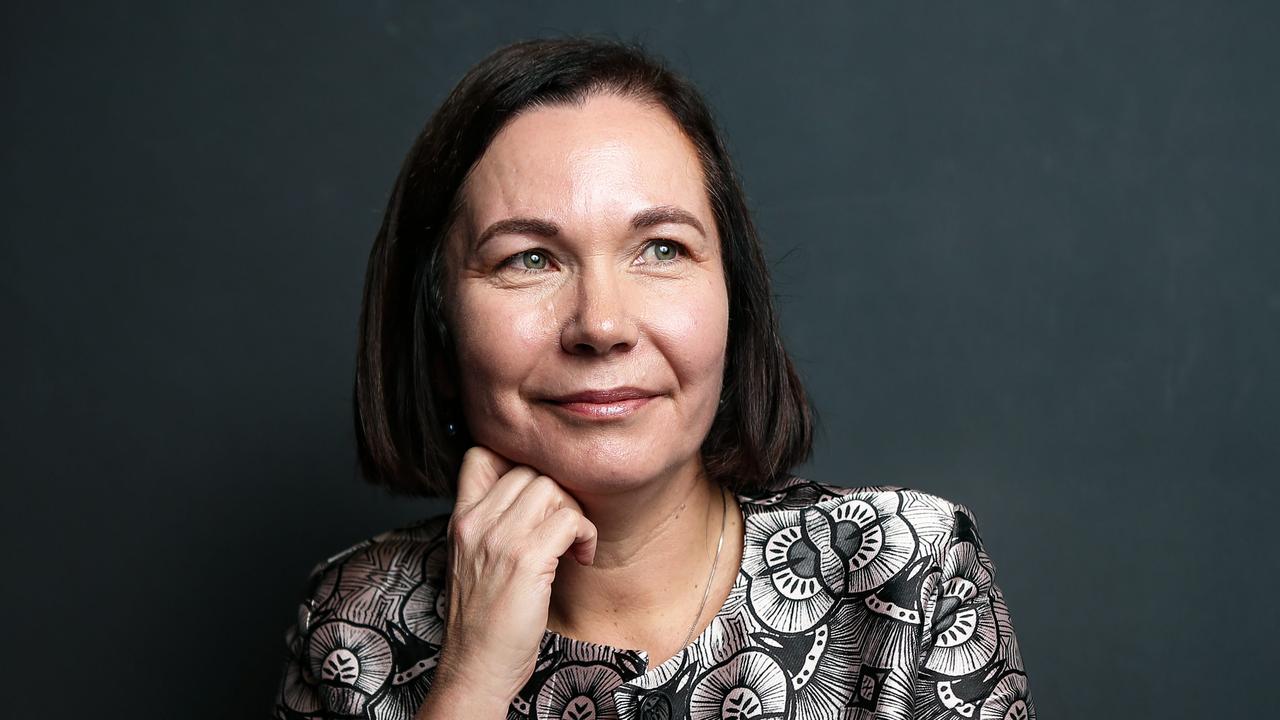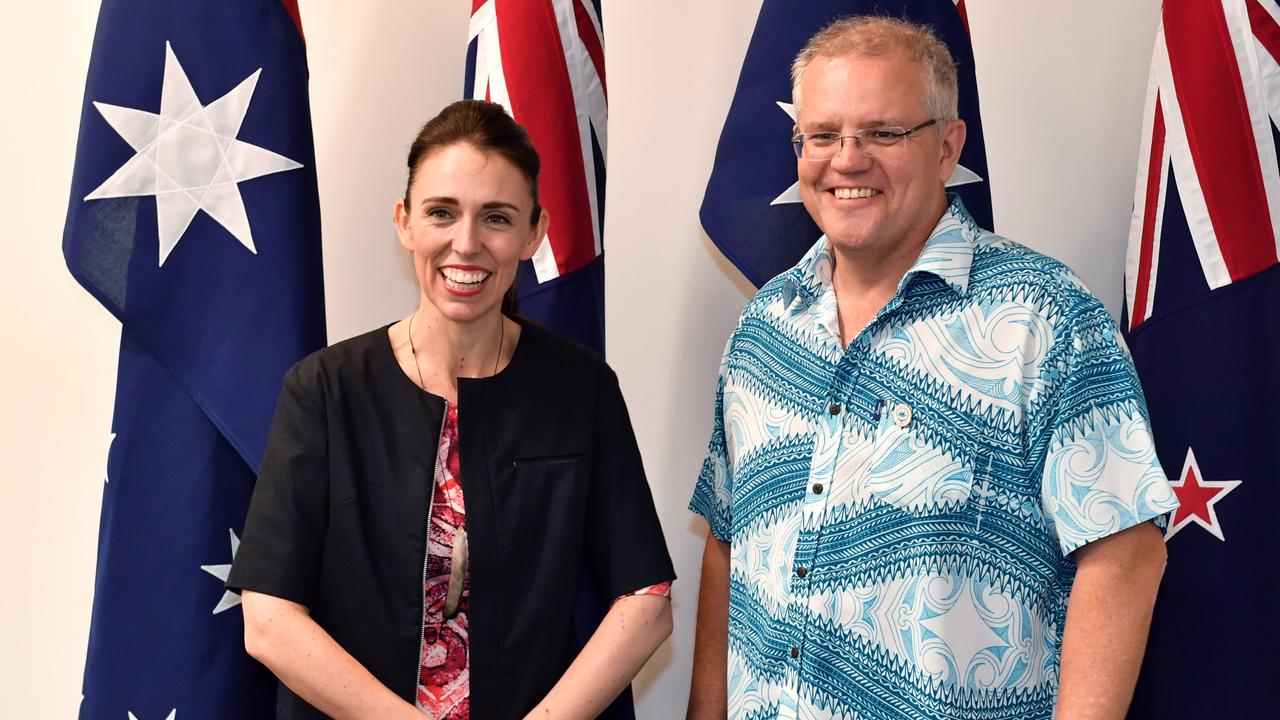Lower standards in higher education

WOULD you believe that US government funding of higher education exceeds that of Australia as a share of gross domestic product?
Or that Australia's higher education sector is more privatised than America's? Or that public funding per student in Australia is about 25 per cent below the average of rich nations?
Unless you are a university policy expert you are probably unaware of such realities simply because higher education has been off the radar of Australia's mainstream political debate for years.
How crazy is this when productivity is the name of the game? How crazy is it when Kevin Rudd was elected in 2007 pledging an education revolution? Let's face it, in media/political terms, boat arrivals dwarf higher education as a national priority. So does same-sex marriage. There is only a finite space for big debates and Labor has prioritised carbon pricing as the central issue for the nation. It soaks up all the political energy.
The subjugation of higher education policy when it directly affects half our young people and their families testifies to a political culture that is trivial, devoid of perspective and consumed by debates about moral symbolism from climate change to asylum-seekers. It is another instances of the rot within Western governance.
Have no doubt, Labor pursues an ambitious higher education agenda defined by two benchmarks: by 2025 lifting to 40 per cent the level of 25 to 34-year-olds with a bachelor degree and lifting to 20 per cent the portion of Australians from low socioeconomic status backgrounds.
Tertiary Education Minister Chris Evans calls this a "generational change". It is tied to a major reform: deregulation of student numbers. From 2012 the government will no longer impose caps on entry numbers and will shift to a demand-driven university model. This year 480,000 undergraduates are being funded at public universities, an increase of 80,000 since Labor came to office in 2007.
Sounds impressive?
In fact, it constitutes another bizarre public policy experiment that typifies this Labor government. In fact, there is no funding model to validate this expansion. Labor has deregulated numbers but kept the price paid for education firmly regulated. Normally it is the price that determines the volume, but not in Labor's world.
The Group of Eight top universities says the gap between funding and costs is about 33 per cent of total costs. This equates to about a $6000-$7000 gap per student. For the Go8, the funding gap means that "universities are finding it increasingly difficult to finance to an internationally acceptable level of quality the bundle of activities which are core elements of their mission".
A study by Access Economics last year found that "costs and funding do not match". This defect is embedded. Whether it is the government or student contribution, the funding level in Australia's higher education system is decoupled from costs. In short, the arrangement is unsustainable.
What is the consequence? The Go8 spells out the inexorable logic: inadequate funding as numbers greatly expand means falling standards and quality.
Labor will deny this. But it must be judged by its actions, not its words. The only conclusion at this stage is that Labor's real commitment is to a mass system and equity, not quality and excellence. University of Melbourne vice-chancellor Glyn Davis told The Australian-Melbourne Institute conference last week that Labor's changes were the most important since the Dawkins reforms 25 years ago and, significantly, were best described as "a human capital agenda" and "a social inclusion agenda".
In education, participation and equality are Labor's values. Are they worthy? Yes. But they are not enough and that's the issue. The 2008 Bradley review commissioned by Labor found that our graduates, compared with the US and Canada, "rated their university experience lower on every measure, with no exceptions".
The false dawn as a resolution of the funding gap has been the overseas student market that has recently provided as much as 17 per cent of total system revenue. But for a combination of reasons this explosive growth is coming to a close. For Labor, the showdown between its new demand-driven system and a failed funding model is looking diabolical.
The government has appointed a funding review of the sector, to be chaired by Jane Lomax-Smith, the former South Australian minister for education, to identify new funding principles. It is widely recognised the present funding model is broken. But what is the answer?
In truth, the solution lies in higher funding from the public and student sectors. Yet resistance on either front will be huge.
There is a strong argument for the national government to better fund higher education since it believes such investment is basic to productivity gains. Contrary to popular belief, US public investment in higher education as a portion of GDP runs ahead of Australia, about 1 per cent of GDP compared with 0.7 per cent.
Davis says: "In fact, the average American university student pays the same or less than their Australian counterpart. Our university system has become much more privatised in recent years."
Labor's dilemma is acute. The obstacle to more public funding is the tight budget situation and competing demands while the obstacle to higher student contributions under HECS is the fierce political backlash from asking students to pay more.
Both points of resistance reflect flaws in Australia's contemporary political culture. First, today's politicians seem unable to mount a persuasive case for greater public funding of higher education precisely because it is off the 24-hour agenda of media-driven symbolism that shapes politics.
Second, they seem equally reluctant to ask students in their latter lives to pay back more of the cost of courses when analysis shows their education delivers a strong lifetime monetary gain that puts them far ahead.
No one thinks full-fee deregulation is viable. But more flexible fees as authorised by an independent price regulator would offer real progress.
Fundamental to reform is breaking the vast cross-subsidies arising because government funds some courses heavily (medicine) and relies mainly on students in others (commerce). The key to liberating the institutions is to align costs and price in each course. This will drive different universities to specialise, create their own brands and facilitate a few universities of genuine international excellence.
Australia faces a grave disconnect between the importance of tertiary education and its low political priority. Unless this malaise is cured the crisis of the system will deepen.



To join the conversation, please log in. Don't have an account? Register
Join the conversation, you are commenting as Logout